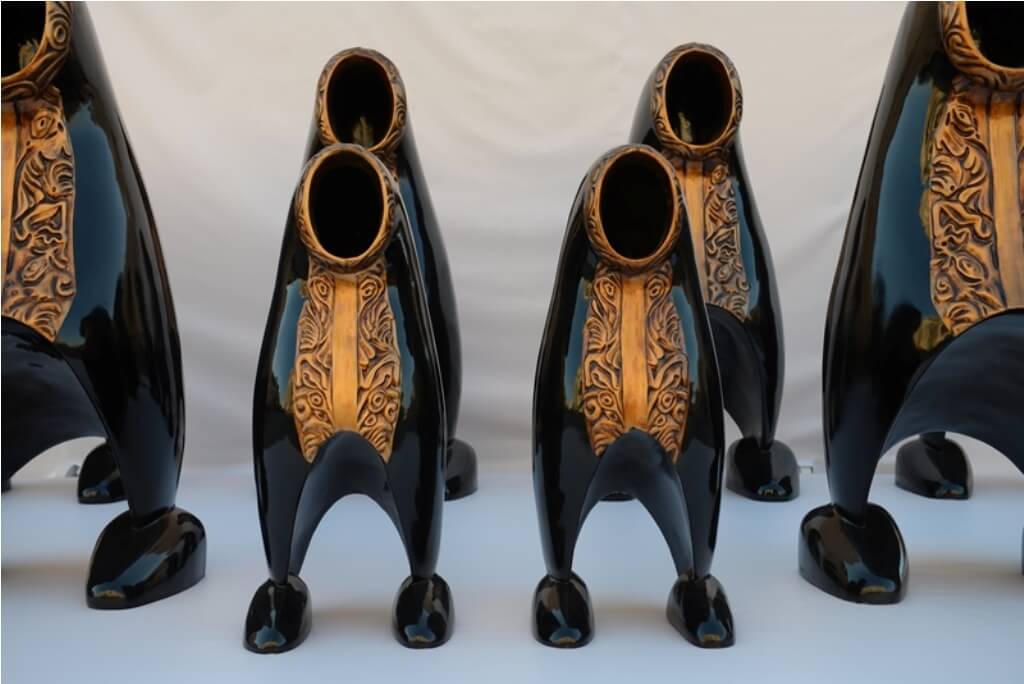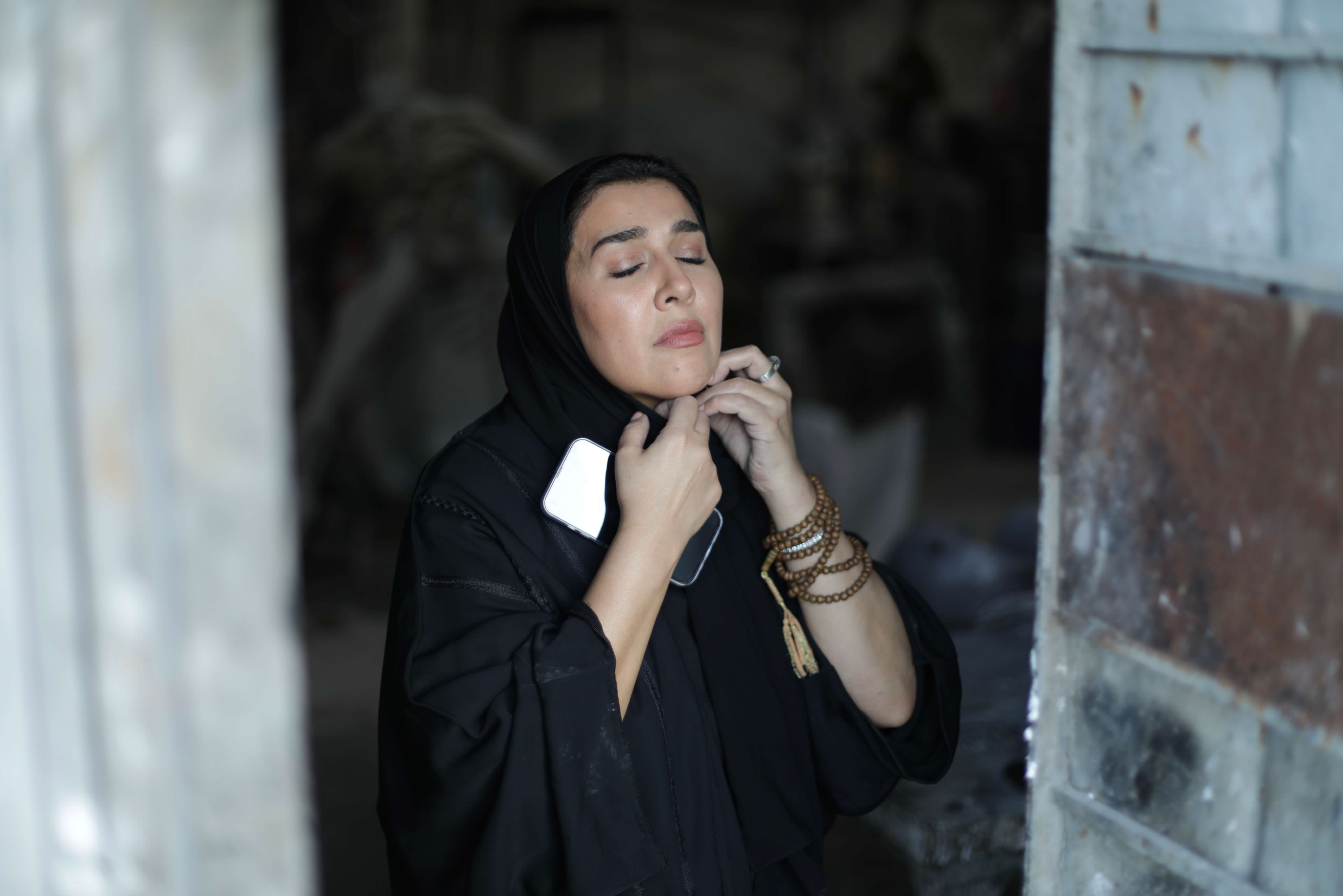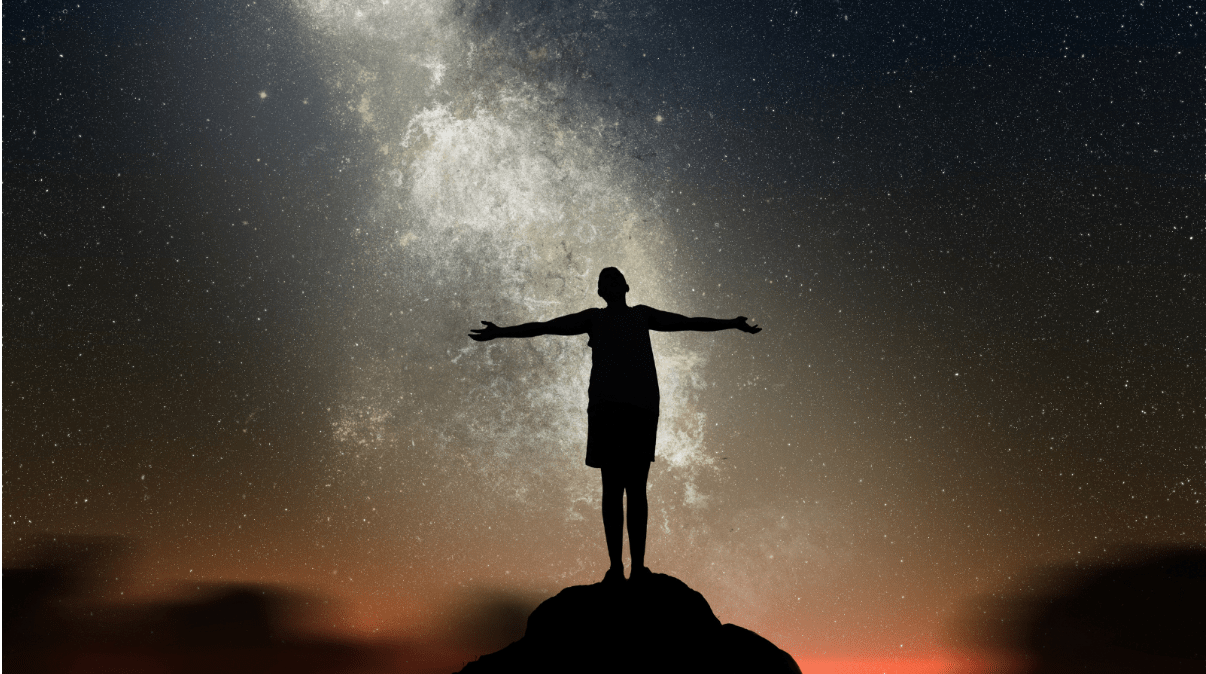Lifestyle
Style Meets Steel: Fatma Al Shebani Creates a Unique Visual Language through Brilliant Metalworking

The materials artists employ in their work often carry with them as much meaning as the content of the works themselves. For Fatma Al Shebani, accomplished Qatari artist well known for her use of strong materials such as bronze, resin, iron, and stainless steel, this could not be more true.
The people of Qatar have witnessed transformations in recent decades like few societies in history have. The social fabric of the country, as well as the urban landscape of its major metropolitan centar, Doha, have experienced dramatic change resulting from the discovery of oil less than a century ago, which pushed the national economy away from a declining pearl trade and set it on track to eventually boast one of the highest standards on living in the world. From its position as a relative backwater situated on the western shores of the Persian Gulf, to a thriving economy growing in the shadows of towering steel skyscrapers, Qatar has been, and in many ways remains, a society in transition.

Doha is a city characterized by its architectural diversity, and yet the broad range of stylistic approaches stand united through common visual elements and motifs that draw from Qatar’s rich national history. The same could be said of Al Shebani’s work, which exhibits a wide breadth of subject matter that nevertheless remains largely tied together through her choice of strong materials and commitment to drawing inspiration from Qatari history and culture. Indeed, through the use of various metals, Al Shebani has succeeded in creating a body of work that compliments the city’s architectural vernacular.
Her use of bronze, iron, and steel imbues a sense of both permanence and strength into her projects. These materials act to bolster the strength of her visual storytelling represented in the pieces themselves. Steel, the technology that first allowed for the development of contemporary urban skylines, carries with it certain notions of modernity in its application to her art. The subjects Al Shebani illustrates in her metal working, however, find inspiration in cultural motifs of times past. Specifically, she draws from her own personal memories to conjure up imagery that reflects traditional Qatari culture, often in forms reminiscent of conventional modes of dress. This idea becomes apparent in the many iterations of her ‘Bokhnaq’ and ‘Batoula’ series. In conjunction with one another, her choice of subject and material work to bring the lessons of the past forward into an ever modernizing, ever changing cultural context.

Like many of the architects who have aimed to preserve Qatar’s history in their construction of buildings that in many ways must, by virtue of their purpose and scale, break with tradition, Al Shebani often elects to immortalize elements of Doha’s surrounding marine and land environments in her work, casting them in beautiful relief. This is perhaps most clearly seen in Al Adiyat 9, which depicts horses, an important feature of Qatari history, in stunning motion, as well as her reliefs illustrating the sacred marine life of Qatar’s offshore reefs.
Doha has become, in many ways, a city of steel clinging purposefully to its roots. Architects have devised a myriad of creative tactics to embrace change while still acting to preserve traditional Qatari values and style. Al Shebani’s work then functions as the perfect compliment to the city’s dynamic urban landscape. She has expertly managed to marry the old and the new, the traditional and the modern, to establish a visual language that reflects this culturally rich nation’s ever changing ethos.
For more information about Fatma Al Shebani and her work, visit: https://www.fatmaalshebani.com/
Lifestyle
From Broken to Whole: The Radical Reawakening Behind The XI Code

Elle dela Cruz
Most healing begins with the assumption that something is broken. That the fix lies in the right therapist, diet, retreat, or ritual. Patchwork solutions for a fragmented self.
But for clients of The XI Code, the breakthrough did not come by fixing what was broken, it came by remembering what was never damaged to begin with.
It is not a spiritual placebo or self-help remix, rather a recalibration, a return, a radical stripping away of every distortion that ever claimed authority over who you are. Founded by Masati Sajady, The XI Code has become a sanctuary for those who sensed there had to be more and now live the proof of it.
This is not talking about polite gratitude or glow-up affirmations, these are accounts of full-system transformation, physical regeneration, identity coherence, and a kind of inner homecoming that makes every previous attempt feel like a rehearsal.
“This isn’t about self-help,” says Masati. “This is about self-realization. There is a version of you untouched by pain, trauma, or time and that is what XI reveals.”
Remembering the Self Beneath the Static
Those who enter the XI space often describe their experience not as something new they learned but as something ancient they finally remembered. One client shared: “I listened to Masati’s podcasts during a bottomless depression. I swear it pulled me from the dark to the light.”
But the words they use are not mystical or out of reach, rather grounded. “I feel safe in my body.” “I’ve come home.” “I finally see myself.”
This is not a performance of healing, it is a quiet, cellular knowing.
“I survived death and decoded life,” Masati explains. “I returned with the blueprint for those ready to rejuvenate the body, unlock peak performance, and evolve humanity.” Those words, radical to some, feel like a memory to others. As if, somewhere deep inside, they always knew this was possible.
When the Body Starts Listening
While XI is not a medical protocol, many clients describe physical transformations that coincide with their inner shift. One wrote: “I’ve begun rendering myself as my highest form, right here, in this space and time continuum.”
Another called it “the most effective healing method” they had found after years of traveling the world for answers. But the common thread was coherence. A recalibration across dimensions: physical, emotional, energetic, and ancestral. It is about resolving distortion at the origin point.
Rewriting the Lens of Reality
After engaging with The XI Code, many report not just feeling better but seeing life differently. Like a veil lifted. Like their perceptual field was reset.
One wrote: “My whole life is changing in every way and it’s just unfolding on its own. Every day, synchronicities. It’s like magic.”
Another put it simply: “I found my home and I wasn’t even looking.” Again and again, the word home appears in these testimonials not as a destination but as a state of being.
Masati explains this with precision: “XI doesn’t upgrade the version of you that’s broken. It reveals the YOU that was never broken to begin with.”
A Quiet, Powerful Community
Though The XI Code is not marketed as a group program, many clients describe a shared energetic field as being held by a collective intelligence moving through similar layers.
“I can’t wait to wake up and see how much more beautiful I’ve become,” one said not from ego but from evolution.
Because the work does not stop when the session ends. The system keeps unfolding, recalibrating, and upgrading.
Not for Everyone But For the Ready
Masati is unapologetic: “The XI journey requires the courage to see Truth on all levels, in all arenas, and to accept responsibility for the Life you’ve been gifted.”
It is not for those seeking a new story to believe in, rather for those ready to remove every distortion that ever told them they weren’t enough.
And what remains? The version of you before distortion and the one that was always whole.
You do not need to become someone new. You need to meet who you were before the noise.
-

 Tech4 years ago
Tech4 years agoEffuel Reviews (2021) – Effuel ECO OBD2 Saves Fuel, and Reduce Gas Cost? Effuel Customer Reviews
-

 Tech6 years ago
Tech6 years agoBosch Power Tools India Launches ‘Cordless Matlab Bosch’ Campaign to Demonstrate the Power of Cordless
-

 Lifestyle6 years ago
Lifestyle6 years agoCatholic Cases App brings Church’s Moral Teachings to Androids and iPhones
-

 Lifestyle4 years ago
Lifestyle4 years agoEast Side Hype x Billionaire Boys Club. Hottest New Streetwear Releases in Utah.
-

 Tech7 years ago
Tech7 years agoCloud Buyers & Investors to Profit in the Future
-

 Lifestyle5 years ago
Lifestyle5 years agoThe Midas of Cosmetic Dermatology: Dr. Simon Ourian
-

 Health6 years ago
Health6 years agoCBDistillery Review: Is it a scam?
-

 Entertainment6 years ago
Entertainment6 years agoAvengers Endgame now Available on 123Movies for Download & Streaming for Free
